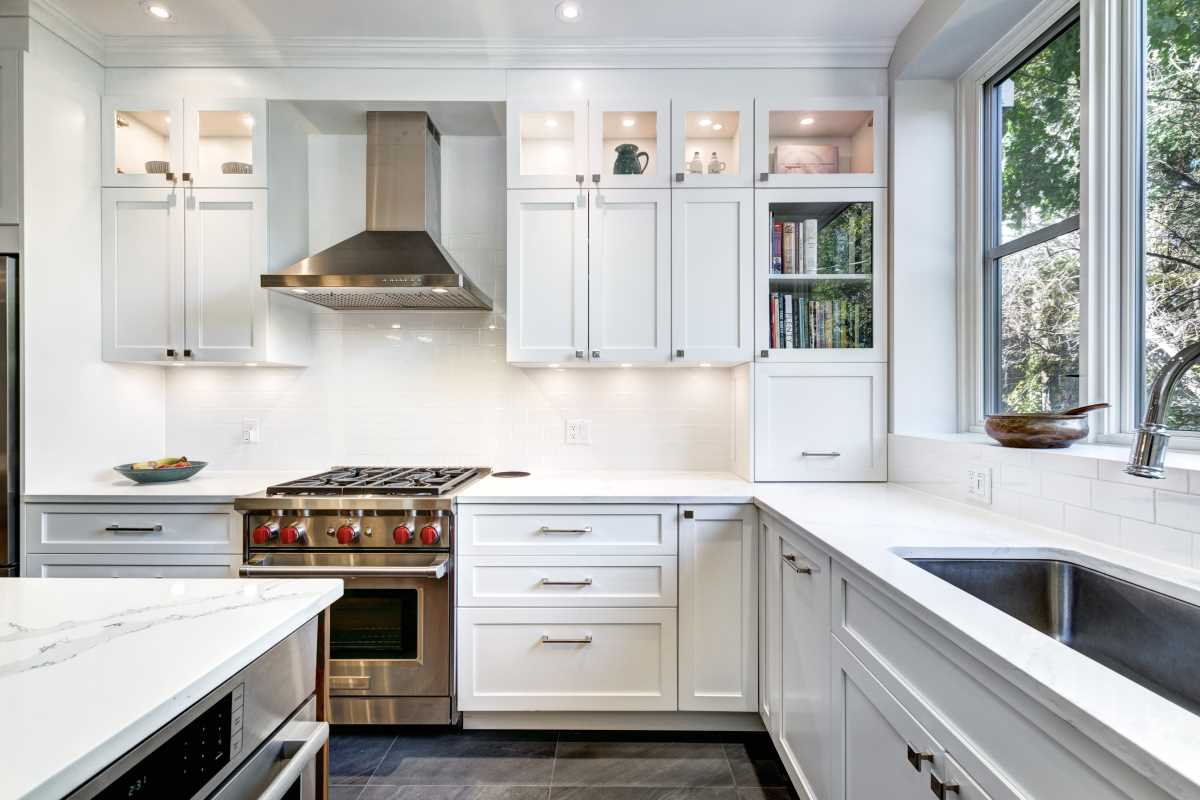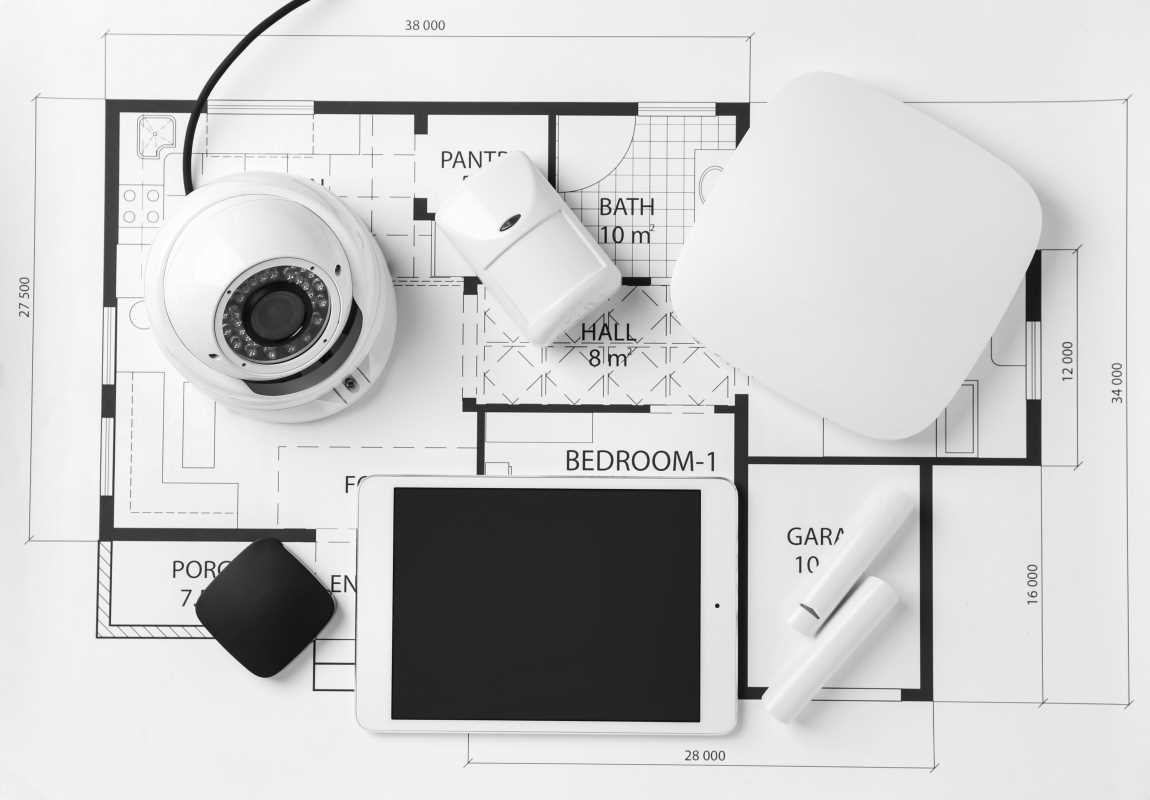Moving into your first apartment can be exciting, but buying furniture often ends up costing more than expected. Making your own pieces is a practical way to save money and create a comfortable living space that reflects your personal taste. The do-it-yourself approach doesn’t have to be complicated or time-consuming—just a little planning and some basic tools can help you craft pieces you’ll be proud to show off.
Planning Your DIY Furnishing Budget
It’s helpful to start by writing down how much you can afford to spend on each piece of furniture. This step-by-step approach keeps you from feeling overwhelmed:
- Determine Your Total Budget: Decide how much you’re able to allocate for all your furniture needs. If you’re not sure, consider a monthly or weekly cap.
- List Essential Pieces: Jot down must-haves (like a bed, couch, or dining table) before moving on to items that are nice to have, such as accent chairs or coffee tables.
- Research Realistic Costs: Compare prices for raw materials—like lumber or upholstery fabric—and factor in tools if you don’t own them already.
- Balance Savings and Quality: Look for sales and discounts but remember that exceptionally cheap materials may lead to lower durability.
Sourcing Affordable Materials and Tools
Basic DIY projects won’t require a workshop filled with expensive equipment. A power drill, a decent saw, and some sandpaper can handle most beginner projects. Keep an eye out for second-hand or refurbished tools; many hardware stores offer discounts on items returned in good condition.
Pre-loved materials can also be a goldmine. Thrift shops and online marketplaces like Facebook Marketplace or Craigslist often have affordable furniture that you can dismantle for parts or refurbish into new pieces. Pay attention to any signs of damage, and don’t hesitate to ask the seller for details about an item’s condition. Sturdy wood, even with a few scratches, can be sanded and repainted to look nearly brand-new.
Simple DIY Furniture Projects
Starting small builds confidence and keeps costs under control. Here is a basic outline for crafting a simple coffee table using repurposed wood and hairpin legs:
- Gather Materials: Reclaimed wood (make sure it’s level and sturdy), pre-made metal legs, screws, wood stain or paint, and sealant.
- Prep the Wood: Sand the surface thoroughly and wipe away dust. A smooth surface helps paint or stain adhere evenly.
- Finish the Top: Apply your chosen paint or stain in thin, even coats. Let it dry fully before adding a protective sealant.
- Attach the Legs: Measure where the legs should go for stability, then use a power drill and screws to secure them.
- Check Balance: Make sure the table is level and doesn’t wobble. Tighten screws as needed.
Designing and Decorating on a Budget
Once you have the fundamentals in place, consider adding a personal touch. A fresh coat of paint or colorful accent pillows can transform the look of any room without a major expense. If you’re decorating tables or shelves, inexpensive items such as framed prints or thrifted vases can bring warmth and style.
Pay attention to small details:
- Color Coordination: Aim for a palette of two or three colors so your space looks put-together without appearing overdone.
- Textile Choices: Simple throw blankets, curtains, and rugs can anchor a room and bring a sense of coziness.
- Layout: Ensure walkways are open and furniture is positioned in a way that’s both functional and visually balanced.
You don’t need professional decorators to make your place feel like home. Trust your instincts and remember that rearranging items is free.
Long-Term Savings and Benefits of DIY
Making your own furniture can provide ongoing benefits. Over time, you’ll discover what materials work best, which tools fit your style, and how to tweak measurements for perfectly customized pieces. If you ever move, you’ll have the advantage of adapting or repurposing furniture instead of constantly buying new items.
DIY experience also encourages a mindset of self-reliance. When something breaks or needs refreshing, you’ll have the confidence to tackle repairs on your own. This can translate to big savings over the years, since you’re less dependent on costly professional services. Beyond the financial aspect, you might find that experimenting with different designs is genuinely fun and allows you to turn your living space into a reflection of who you are.
By trying DIY, you can create affordable, stylish furniture that lasts well beyond your first apartment. These homemade pieces often carry sentimental value too, reminding you of your determination and creativity.
Take a little time to plan, pick up some used tools, and explore second-hand supplies. You’ll soon find that furnishing your space can be wallet-friendly and incredibly rewarding.







